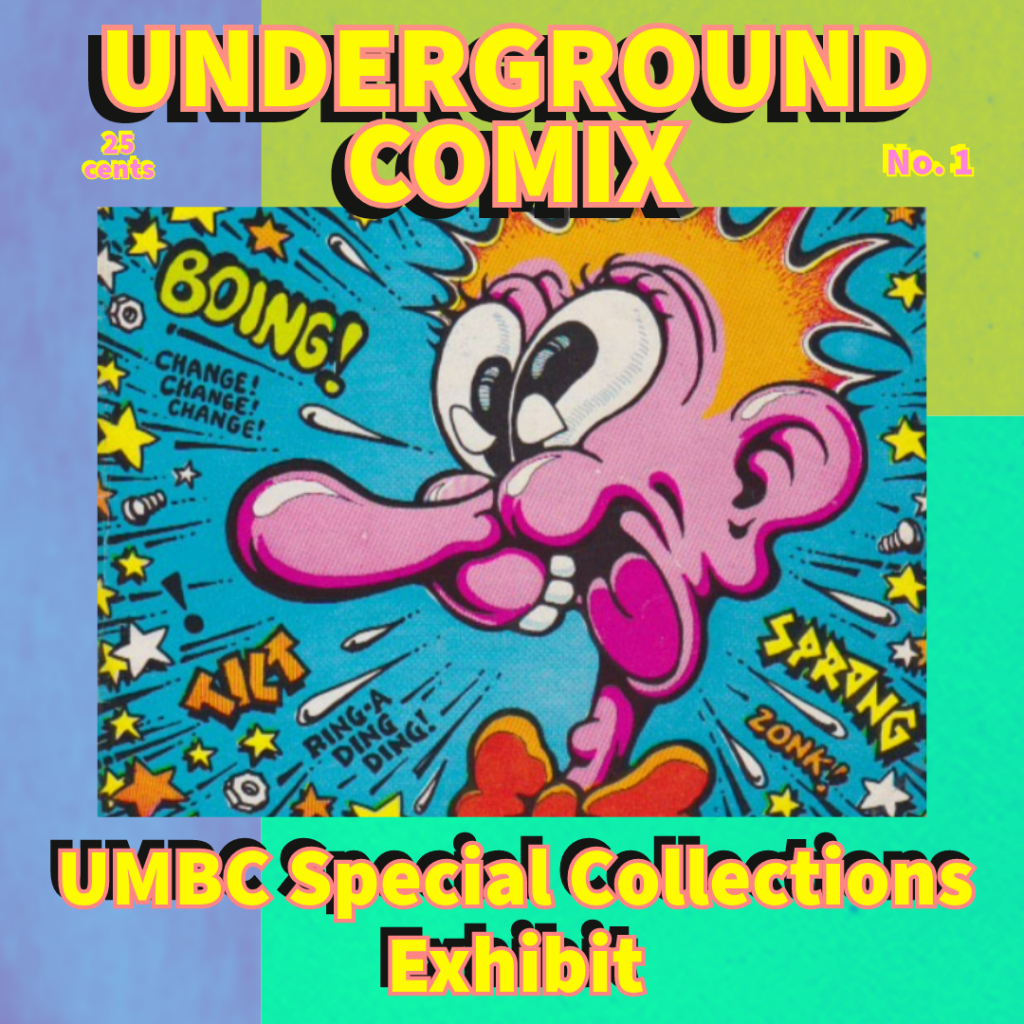
The Underground Comix scene was born out of the 1960’s counterculture movement amid the anti-establishment feeling of the day. Political scandal, the Vietnam war, drugs and psychedelic music all played a part in bringing together a collection of avant-garde artists to redefine what the comic book was. The initial cartoonists who began this venture, did it without funding and without approval, skirting the restrictive censorship of the Comic Code Authority. They followed, and set a precedent for, a long tradition of DIY attitude that served their own creative outlet and pushed the boundaries of good taste in the process. Some may say they even set it back irrevocably.
The Comic Code Authority is a relic of the golden era of comics in the 1950s. If the Code did not approve your comic, it would not be published or stocked in stores. It held strict rules that included: no sex, no drugs, no profanity. Underground Comix was a reactionary movement that quickly became a beacon of anti-censorship, creating a community of artists and ideas that explored topics deemed taboo or infringing on public decency.
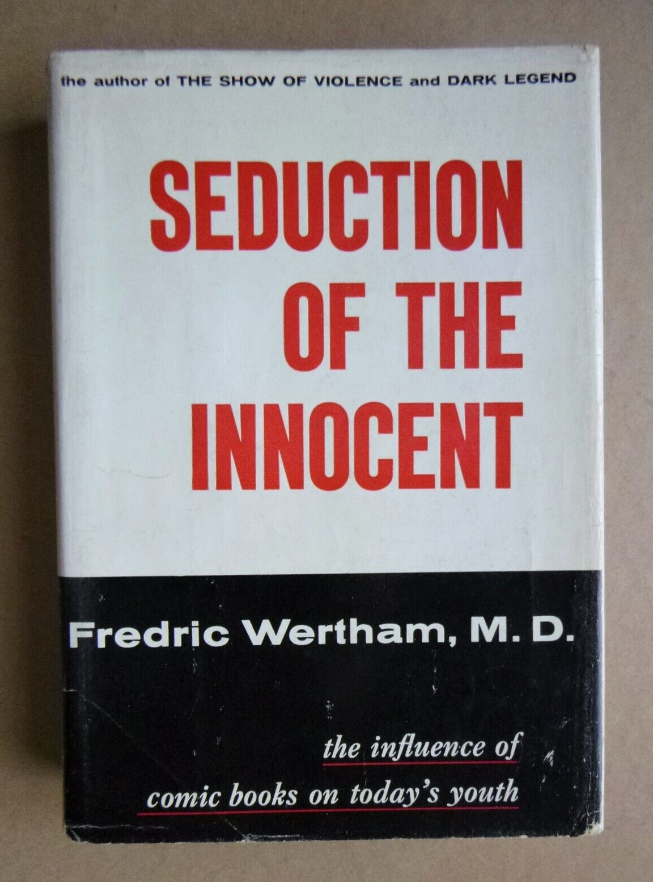
Artists like Robert Crumb and S. Clay Wilson defined the anarchist nature of the Underground Comix scene. Crumb and Wilson were prolific artists who produced numerous comics and influential characters. These artists defended their explicit, often racist and sexist imagery as satire that others sometimes failed to see.
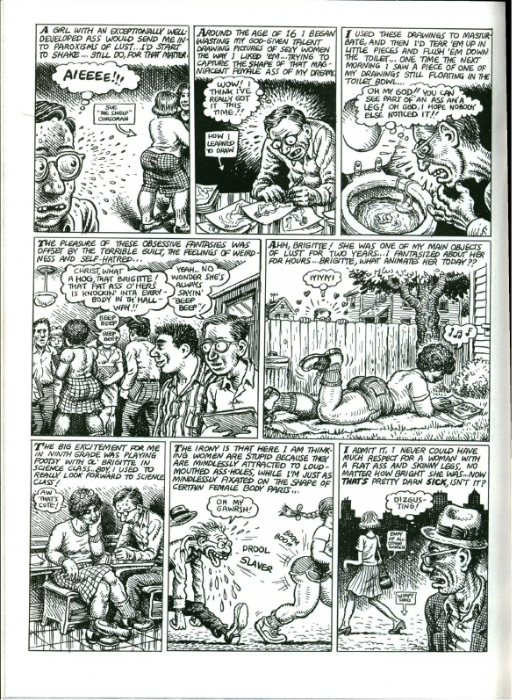
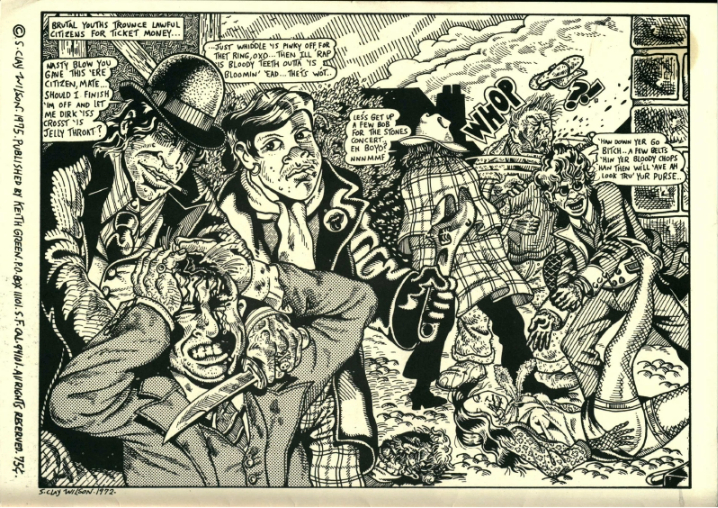
While some thought that Underground Comix were meant to explore and exaggerate controversial topics, other artists saw an opportunity to have their voices heard, often for the first time. Feminist and LGBTQ+ artists tackled subjects like abortion, lesbianism, menstruation, AIDS, and childhood sexual abuse.
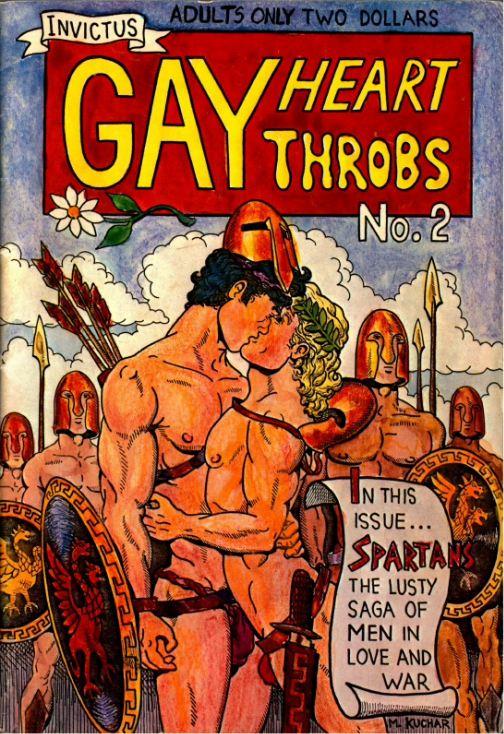
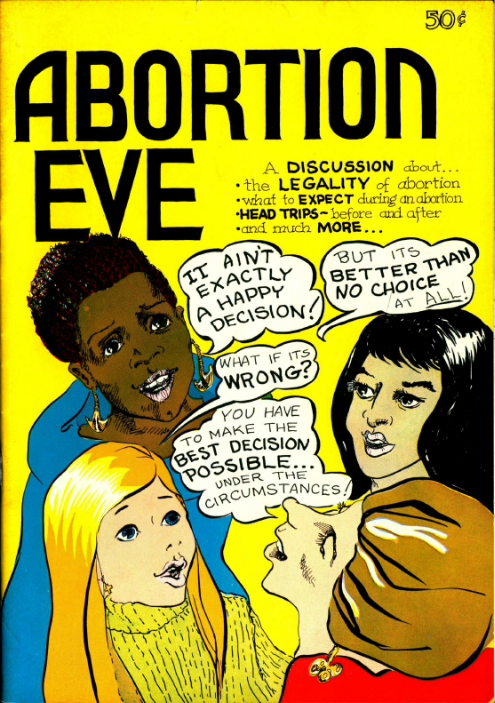
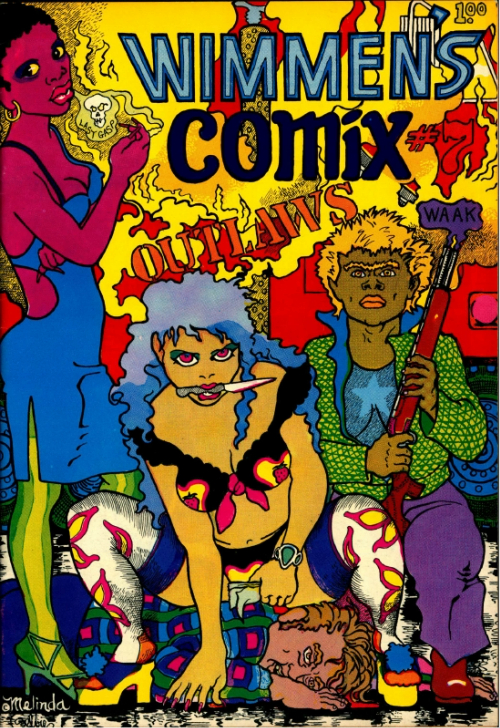
The 1970s were a time of tremendous outlet for African American creativity, freedom, and agency through the Underground Comix scene. Black artists created superheroes and characters that wrestled with socio-political issues while entertaining readers with violence, humor, and sex appeal.
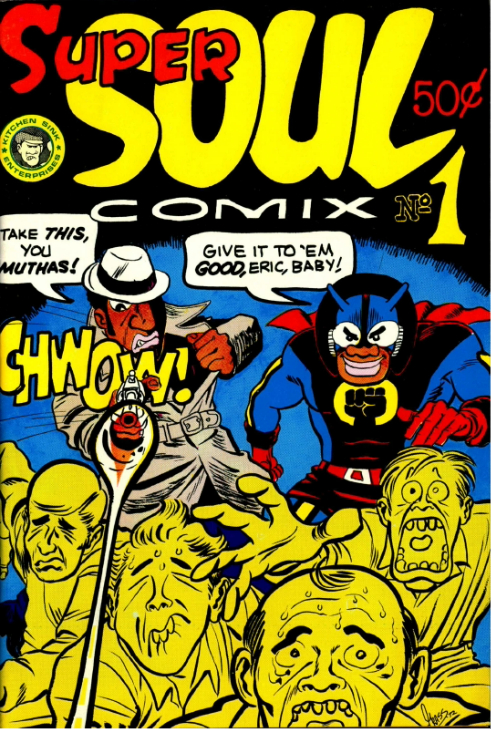
The Underground Comix remain a tour de force of counterculture artistic expression. Not only were the artists and writers successful in rebelling against what they perceived to be an outdated and repressive authority mandate, but they managed to challenge societal standards and acceptance of decency and get away with it, allowing for more inclusivity and freedom of expression.
The Underground Comix Collection Exhibit can be seen in the Albin O. Kuhn Library Rotunda from April 10 to May 20, 2024. All comics featured are available for research use in the UMBC Special Collections Underground Comix collection. Special Collections is open M-W 12-4pm and Thursday 12-7pm. The exhibit was curated by Special Collections graduate assistants Mark Breeding, M.A. ’24, history and Finny Rocca, M.A. ’20, history, and this blog post was written by Mark Breeding.